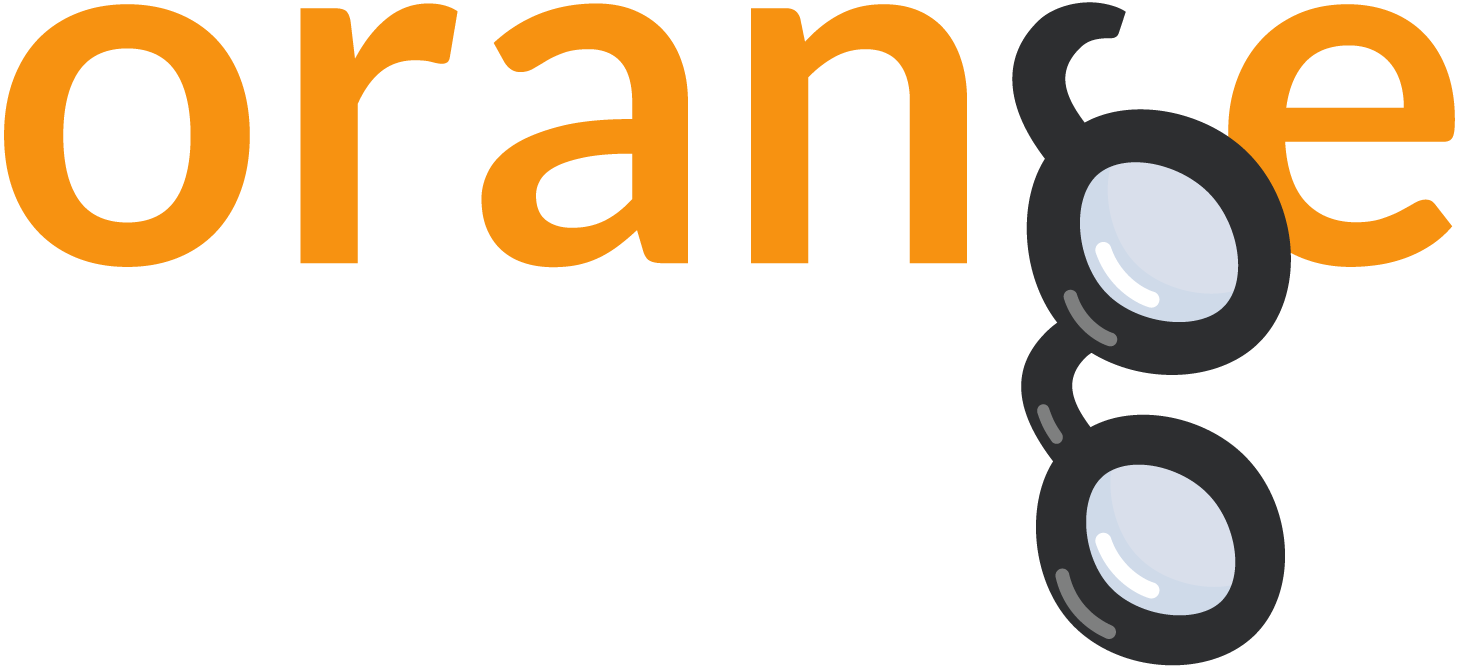Orange Blog
By: AJDA, Sep 23, 2016
Text Mining: version 0.2.0
Orange3-Text has just recently been polished, updated and enhanced! Our GSoC student Alexey has helped us greatly to achieve another milestone in Orange development and release the latest 0.2.0 version of our text mining add-on. The new release, which is already available on PyPi, includes Wikipedia and SimHash widgets and a rehaul of Bag of Words, Topic Modeling and Corpus Viewer. Wikipedia widget allows retrieving sources from Wikipedia API and can handle multiple queries.
By: PRIMOZGODEC, Aug 12, 2016
Interactive k-Means
This is a guest blog from the Google Summer of Code project. As a part of my Google Summer of Code project I started developing educational widgets and assemble them in an Educational Add-On for Orange. Educational widgets can be used by students to understand how some key data mining algorithms work and by teachers to demonstrate the working of these algorithms. Here I describe an educational widget for interactive k-means clustering, an algorithm that splits the data into clusters by finding cluster centroids such that the distance between data points and their corresponding centroid is minimized.
By: AJDA, Mar 23, 2016
All I See is Silhouette
Silhouette plot is such a nice method for visually assessing cluster quality and the degree of cluster membership that we simply couldn’t wait to get it into Orange3. And now we did. What this visualization displays is the average distance between instances within the cluster and instances in the nearest cluster. For a given data instance, the silhouette close to 1 indicates that the data instance is close to the center of the cluster.
By: AJDA, Dec 2, 2015
Hierarchical Clustering: A Simple Explanation
One of the key techniques of exploratory data mining is clustering – separating instances into distinct groups based on some measure of similarity. We can estimate the similarity between two data instances through euclidean (pythagorean), manhattan (sum of absolute differences between coordinates) and mahalanobis distance (distance from the mean by standard deviation), or, say, through Pearson correlation or Spearman correlation. Our main goal when clustering data is to get groups of data instances where:
By: AJDA, Jul 20, 2015
Explorative data analysis with Hierarchical Clustering
Today we will write about cluster analysis with Hierarchical Clustering widget. We use a well-known Iris data set, which contains 150 Iris flowers, each belonging to one of the three species (setosa, versicolor and virginica). To an untrained eye the three species are very alike, so how could we best tell them apart? The data set contains measurements of sepal and petal dimensions (width and length) and we assume that these gives rise to interesting clustering.
By: AJDA, Jul 10, 2015
Learn with Paint Data
Paint Data widget might initially look like a kids’ game, but in combination with other Orange widgets it becomes a very simple and useful tool for conveying statistical concepts, such as k-means, hierarchical clustering and prediction models (like SVM, logistical regression, etc.). The widget enables you to draw your data on a 2-D plane. You can name the x and y axes, select the number of classes (which are represented by different colors) and then position the points on a graph.
By: BIOLAB, Apr 29, 2014
Viewing Images
I am lately having fun with Image Viewer. The widget has been recently updated and can display images stored locally or on the internet. But wait, what images? How on earth can Orange now display images if it can handle mere tabular or basket-based data? Here’s an example. I have considered a subset of animals from the [download id=“864”] data set (comes with Orange installation), and for demonstration purposes selected only a handful of attributes.
